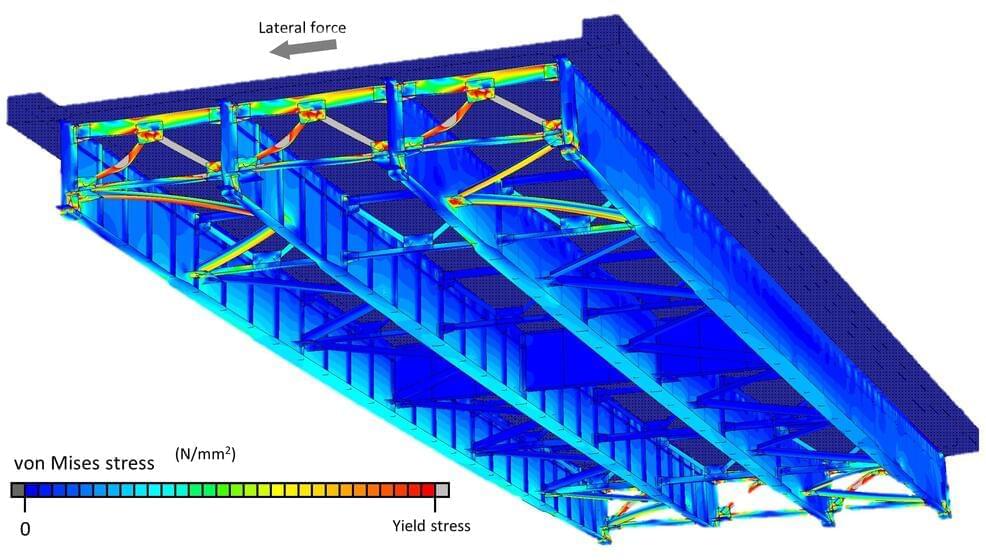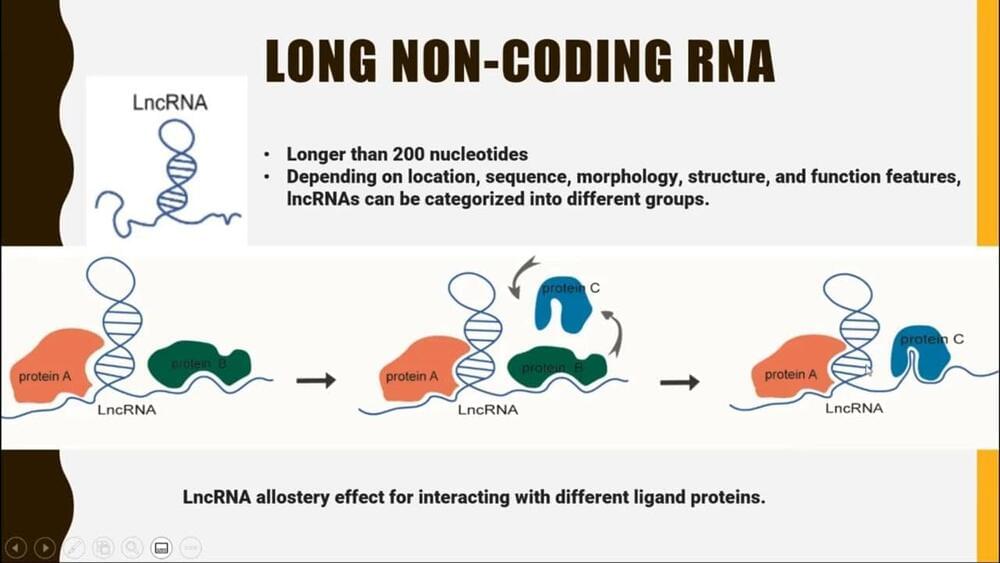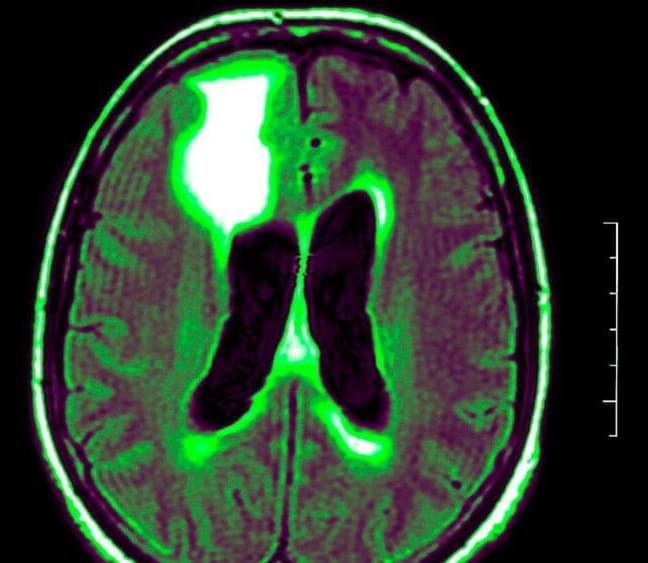
Researchers from Tokyo Metropolitan University have carried out a detailed simulation showing how a common type of bridge fails during large-scale earthquakes. They modeled I-shaped girder bridges, looking at the step-by-step mechanism by which they yield and deform under lateral forces, starting at the ends. Reinforcing ribs were shown to be effective against lateral forces and improve load-bearing capacity. Their work points bridge engineers to rational design strategies to make more resilient infrastructures.
Major earthquakes can have a devastating impact on infrastructure. The effects of a severely damaged bridge, for example, are not limited to the tragedy that befalls people on it but extends to how the loss of access affects emergency services, evacuation efforts, and the transport of crucial supplies. Understanding how seismic activity impacts common bridge structures is therefore crucial, not only to build bridges that can withstand strong quakes, but how to prevent the failure of existing ones through effective reinforcement.
Though numerous models exist that are used to assess the resilience of bridge superstructures, for the most part, there are very few examples that examine how each part of the whole bridge structure behaves during large-scale earthquakes.

















